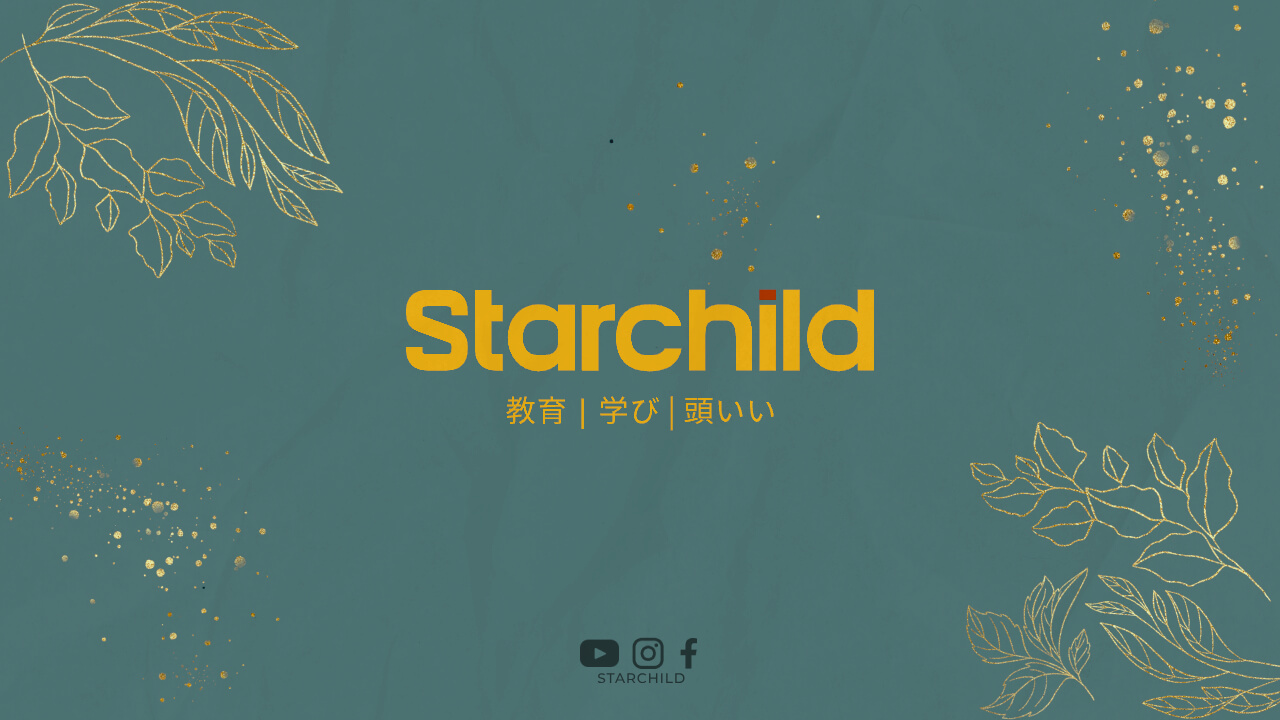Introduction
If you’re planning to enroll in a school or university in Japan, you might have heard of the terms “カリキュラム” and “シラバス.” These two terms are commonly used in the education system, but what exactly do they mean, and what is the difference between them? In this article, we’ll provide you with a comprehensive guide on the difference between カリキュラム and シラバス.
What is カリキュラム?
カリキュラム, also known as “curriculum” in English, is a term used to refer to the overall content and structure of a course or program. It includes all the subjects, courses, and learning activities required for a student to complete the program. In Japan, the カリキュラム is usually set by the school or university, and it outlines what students will learn throughout the program.
What is シラバス?
シラバス, on the other hand, is a term used to refer to the specific details of a course or subject. It provides a detailed outline of what students will learn in a particular course, including the learning objectives, topics, and assessment methods. In Japan, the シラバス is usually created by the instructor teaching the course, and it is distributed to the students at the beginning of the semester.
The Difference between カリキュラム and シラバス
Now that we understand the basic definitions of カリキュラム and シラバス, let’s take a closer look at the difference between the two terms. The main difference between them is that the カリキュラム provides a broader overview of the program, while the シラバス provides a more detailed outline of a specific course.For example, the カリキュラム of a university program might include a list of required courses and electives that students need to complete to graduate. On the other hand, a シラバス for a specific course might include a detailed outline of the topics covered in each class, the required readings, and the assessment methods.
Why is it Important to Understand the Difference?
Understanding the difference between カリキュラム and シラバス is important for several reasons. First, it can help you make informed decisions when choosing a program or course to enroll in. By looking at the カリキュラム, you can get a sense of the overall structure of the program and the topics that will be covered. By looking at the シラバス, you can get a more detailed understanding of the specific course and the learning objectives.Second, understanding the difference between the two terms can help you prepare for your classes. By reviewing the シラバス before the semester begins, you can get a sense of what to expect and prepare accordingly. You can also use the シラバス to plan your study schedule and ensure that you’re covering all the required topics.
Conclusion
In conclusion, カリキュラム and シラバス are two important terms in the education system in Japan. While they are often used interchangeably, they have slightly different meanings. The カリキュラム provides an overview of the program, while the シラバス provides a detailed outline of a specific course. Understanding the difference between the two terms can help you make informed decisions when choosing a program or course, and it can help you prepare for your classes.




